
Habitat - natural home or environment of an animal, plant, or other organisms
Abiotic - non-living environment (water, soil, atmosphere)
Biotic - living environment (plants, animals, bacteria)
- Physical features of an organism that help them to survive in their habitat
- Any action that an organism takes in order to survive in their habitat
* Plants do not have behavioural adaptation *
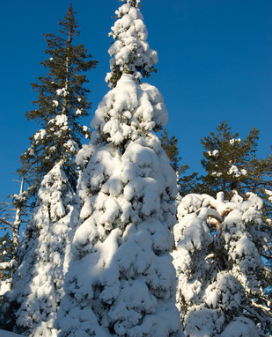
Habitat – huge forests in north of Arctic
Adaptations
- Thin, strong needles like leaves with thick, waxy covering layer to prevent from losing too much water in winter when water cannot be taken up from the frozen ground
- Tall, narrow shape with downward sloping branches to prevent the branches from breaking from snow lying

Habitat – rainforests (with plenty of sunlight and plenty of water)
Adaptations
- Seeds germinate in cracks high up in a mature tree for the tiny seedlings to be able to get light (when grow close to the ground, taller trees will block the sunlight)
- Seedling’s roots grow downwards and coil around the tree trunk
- Sometimes big figs kill the host tree when it get older but it doesn’t matter because its stems and roots are are strong enough to hold it up on their own
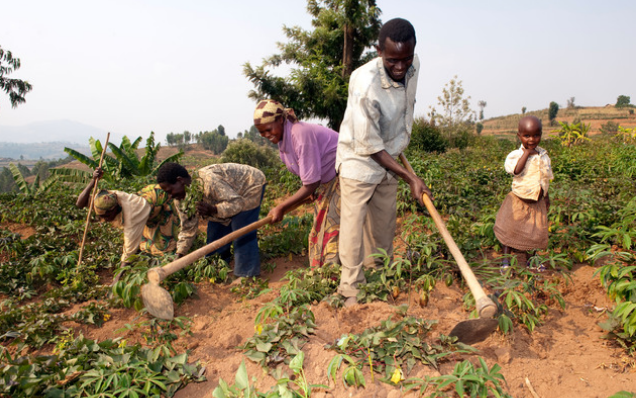
- a plant that grows where people don’t want it to grow
Weeds in a farmer’s crop have to compete with crop plants for water and mineral salts.
Adaptations
- They’re annual plants – germinate, grow, produce seeds and die in less than a year
- Their seeds can survive for long periods of a time in difficult conditions (during a very dry summer or a very cold winter)

Habitat – hot deserts in Arabia
Structural Adaptations
- Adapted to live with very little water
- Get all the water they need from plants they eat
- Have hooves with a large area which helps to stop them from sinking into soft sand
- Have light-coloured coats that reflect much of the radiation from the sun, keeping them cool
Behavioural Adaptations
- Herds travel long distances to follow any rainfall
- Feed mostly at night, since it is cooler
- Make a small dent in the sand to lie in so that their body heat is conducted into the cooler ground
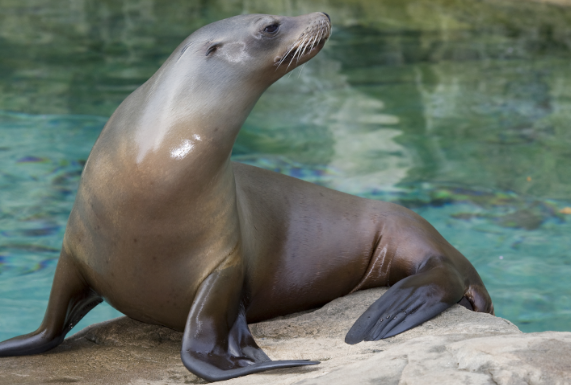
Habitat – sea (prey in sea water and spend time on land)
Structural Adaptations
- Smooth, streamlined body to move easily through water by reducing friction
- Flippers with large surface area to push against water to propel them forward, can turn the hind flippers to push off ground and shuffle around on land
- Sharp teeth capture and kill their prey
Behavioural Adaptations
- Close nostrils when dive to stop water getting lungs
- Can hold breath for over an hour
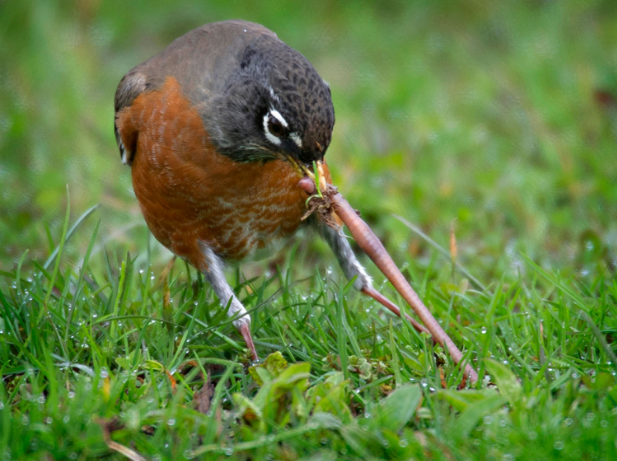
Habitat - burrows (made by eating soils)
Belongs to the invertebrates group (annelids)
Structural Adaptations
- Long, slim, smooth bodies to slide through the burrows easily
- Tiny strong bristles to grip the sides of the burrow when a predator tries to pull them off

Habitat – forested land near rivers, lakes and streams
Structural Adaptations
- Sharp, hooked beak to tear meat
- Large, hard talons to grip the meat of their preys
- Muscular legs to be able to bear their prey weights while gripping them
- Wide wings with large surface area to carry the whole body in the wind
- Excellent eyesight to find their prey from high above
Behavioural Adaptations
- Fly high to be able to spot their prey on ground or in water
- Dive down with closed wings to get to their prey quickly
Ecology = study of organisms in their habitats
Ecologists = scientists who study ecology (ask questions and do experiments to try to find answers)
Eco-system = consists of all organisms and the physical environment with which they interact
Sampling = the process of selecting a representative group from the population under study
Best sample:
- same sampling size
- fair
- random
Food chain → shows how energy is transferred from one organism to another
Food chain → shows how energy is transferred from one organism to another
* Every food chain/food web contains a plant *
(plants get energy from the sun)
At each level of the food chain, only 10% of energy is transferred to the next one.
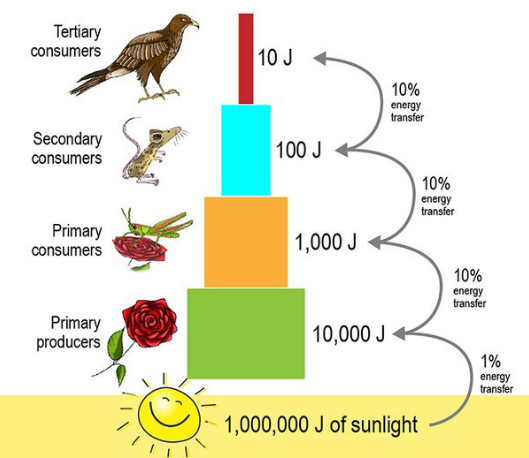
Top of the energy pyramid → hunters
Preys have a fast reproduction so that there will be enough food for hunters.
A food web is made of many interconnected food chains.
Plants - producers
Others - consumers (primary, secondary, tertiary)
Primary consumers - Consumers who eat plants directly – herbivores
Secondary consumers - Consumers who eat primary consumers – mostly carnivores
Tertiary consumers - Consumers who eat secondary consumers
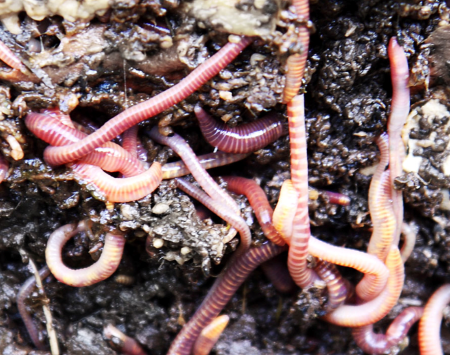
Dead organisms, waste materials contain organic matter.
Organisms that get their energy by breaking down dead bodies and waste from animals and plants are called decomposers. (Eg - earthworms, fungi, insect larvae and bacteria)
Decomposers break down dead bodies and waste and they make it possible for the atoms in them to be reused by other organisms.
Decomposers produce enzymes.
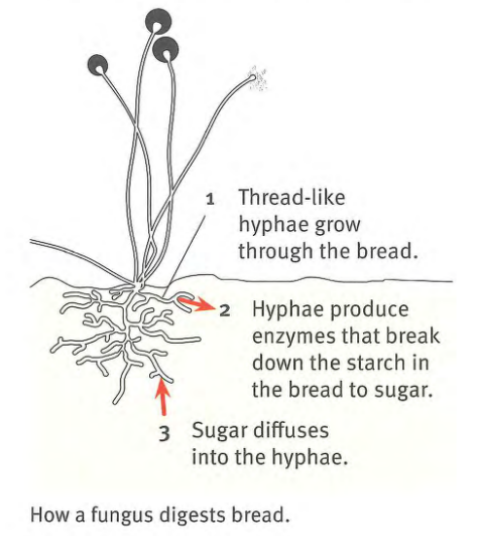
One of the decomposers, fungus - tiny thread-like structure called hyphae.
Hyphae produce enzymes - digest the starch and protein in the bread around them.
The small molecules can diffuse into hyphae which will be used as energy for making new cells for growth.
Seeing decomposers feeding make us feel a little bit sick (we feel repulsed by them)
But it’s a good thing because it stops us from eating something that could make us ill.
Without decomposers, all dead bodies and waste materials would pile up on the earth. They would never disappear.
When decomposers break down something, they make it possible for atoms in them to be reused by other organisms.
For example:
- Worms break down dead leaves
- Molecules and atoms released from dead leaves can be used by new plants growing
- Worms get the energy for themselves from dead leaves
- Birds and other animals can also eat worm and get energy
* Nothing is wasted in the food chain *

Population = the number of organisms of a particular species that are living in the same place at the same time.
Population is influenced by birth rate and death rate.
Death rate > birth rate - population decrease
Birth rate > death rate - population increase
Population is directly proportional to birth rate and inversely proportional to death rate.
Birth rate and death rate are influenced by
- Predators
- Food supply
- Disease
Population is directly proportional to food supply and inversely proportional to predators and diseases.
* Diseases are more likely to happen when the population is large because it’s easier to spread when it’s crowded *
If an animal population increase:
- Food supply decreases
- Predators come out (predators increase)
- Diseases spread
* So, the population will decrease as it goes on.
If an animal population decrease:
- Food supply increases
- Less predators
- Less disease
* So, the population will increase again a while later.
Nature has kept the population in balance in this way.
* But it can’t be controlled anymore when human activities are involved *
- Pollution is the addition of harmful substances to the environment.
- Pollution affects food webs, decomposers, and the population of living organisms.

- Feritlizers getting into the lake by mistake of spraying them near the lake.
- Fertilizers make the algae and plants in the lake grow faster and cause algal bloom.
- Algae covers water, stopping light getting to the plants underneath and makes them die.
- Decomposers increase as there is an increased food supply – dead plants – and oxygen concentration decreases.
- Death of fish due to lack of oxygen.
Human population increases → destroying more and more habitats
- Using more land for agriculture and farming
- Using more land for building
- Cutting down forests to provide materials for the building
- Mining to obtain more minerals from the ground
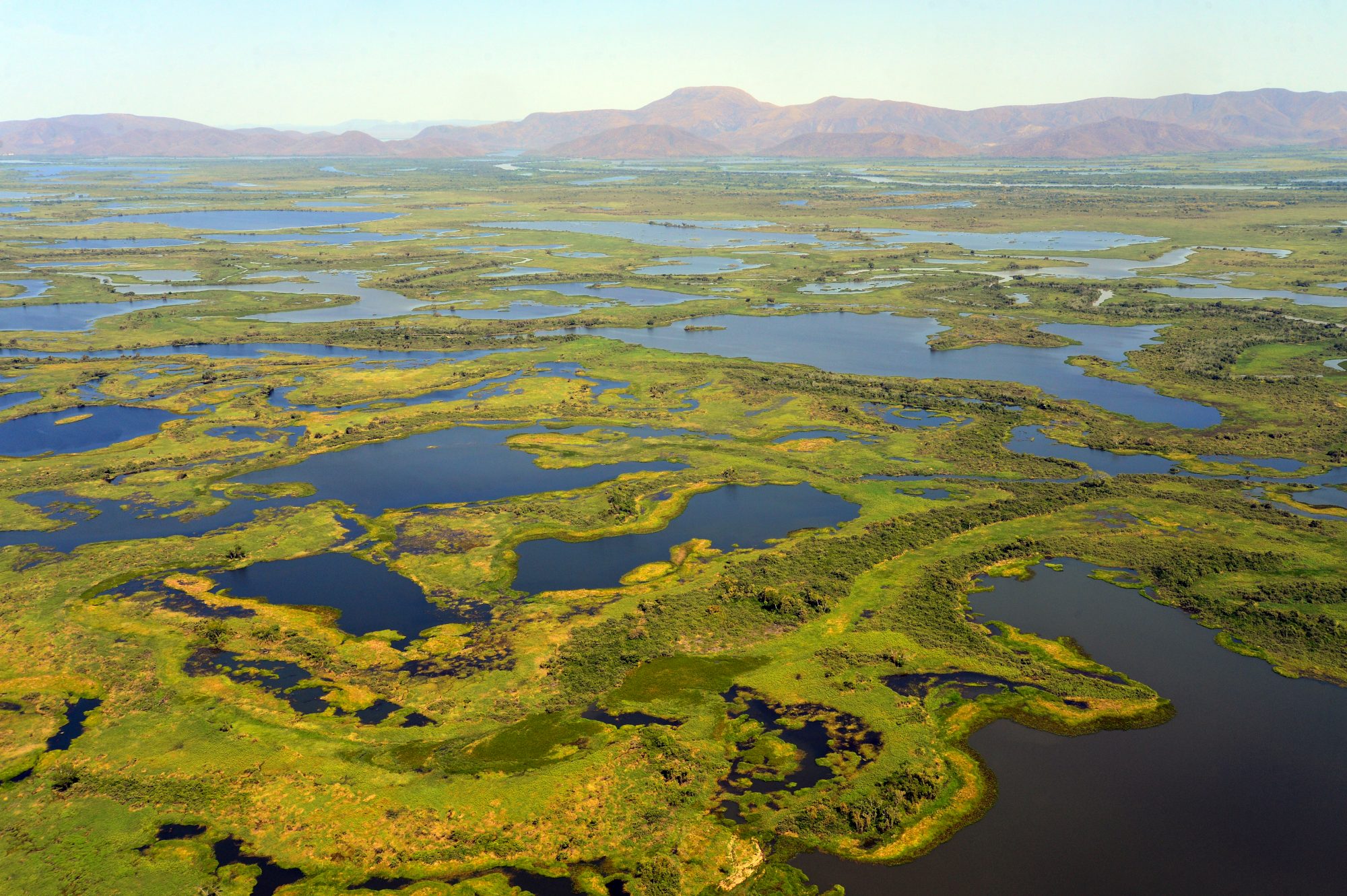
- Wetlands are places such as swamp, marsh or bog
- Some are inland, some are next to the sea
- Some stay wet all year round, others dry out at some times of the year
- Between equator and north/south poles
- Ideal place for plants (get sunlight, fair temperature, enough fertilizers)
- Diverse food-web
The most important threat to wetlands:
- People drain land to grow crops or to build on
- Some wetlands (near sea) are dug away to make deep water harbours
- People taking away water from wetland to use for agricultural land is called irrigation
- When irrigation happens, most plants die because they are adapted to live in wet places (not dry ones)
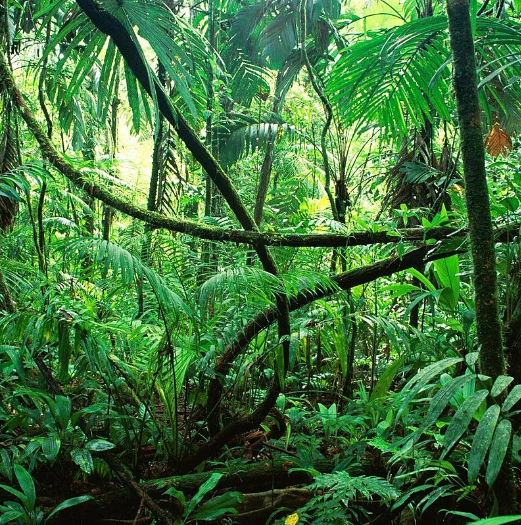
- Rainforests grow in tropics (near equator)
- In cooler, temperate regions
- Habitat for many different species
- A very high biodiversity
People cut down cast areas of rainforest:
- Because it’s the perfect place (sunlight, fertilizer)
- To build and etc. (more human population)
Habitats are destroyed when rainforests are cut down – many species have extinct and many others are endangered

- Sometimes called ‘the rainforests of the sea’
- Have a very high biodiversity
- Built by tiny coral animals
- They live together in big colonies
- Make hard covering(made from calcium carbonate) around themselves
- Coral animals have tiny algae growing inside them
- Those algae make carbohydrates by photosynthesis
- Coral animal use the carbohydrates for food
- Many different species of invertebrate animals and fish live in coral reefs
- Other animals (turtles and sharks) visit to feed
- Coral reefs also protect coastlines from destructive effects of huge waves and tropical storms as they slow down the speed of waves
When the ocean is polluted/ ocean temperature high/ ocean acidity high:
- Corals become stressed and evict (kick out) algae that provide nutrients and food for them
- Coral becomes white and coral bleaching happen
- Coral loose their colour, began to starve and become vulnerable to coral diseases
→ If the algaes are not back, the corals will die eventually.
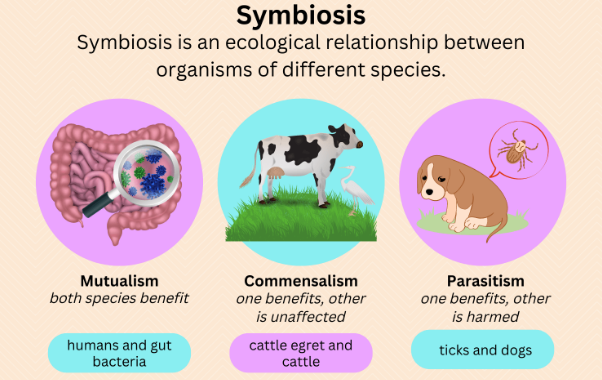
- Interaction between 2 different organism
1. Mutualism → both interaction species benefit from each other
2. Commensalism → only one specie is beniefitted, the other is unaffected
3. Parasitism → only one specie is benefitted, the other is harmed
Growing human population → increasing damage to the environment
Much damage is caused by pollution and habitat destruction.
Environmentalist = a person who is concerned about protecting the environment

1971 – 21 nations met in Iran and discuss
1975 – sign an agreement called ‘The Ramsar Convention’
2012 – 61 nations has joined ‘The Ramsar Convention’
Each country identifies its important wetlands and puts measures into place to protect them.
Representatives meet at regular intervals to discuss their progress.

1920s – CFCs invented
1985 – Ozone hole discovered
1989 – Many countries signed to phase out the use of CFC
Around the 2060s (after 50 years), the addiction of CFCs to the atmosphere will have decreased.
More about ozone depletion: https://youtu.be/aU6pxSNDPhs
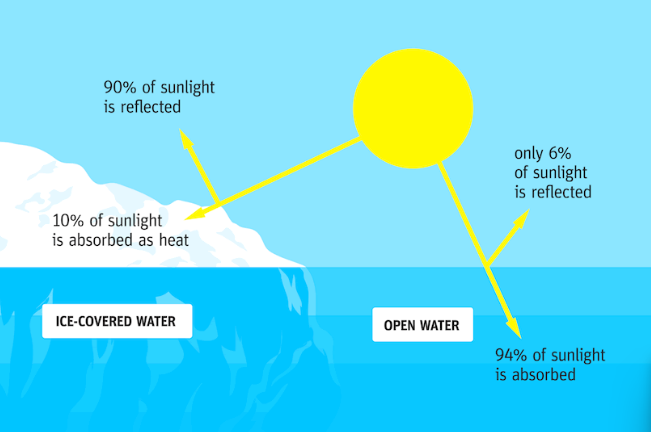
- Land absorbs around 80% of sunlight and releases them back at night as infrared waves.
> but greenhouse gases won’t let them go, so they go around in the atmosphere and earth becomes warmer – Global warming)
- Water absorbs most of the sunlight and only a few percent is reflected (water temperature increases).
- Ice reflects most of the sunlight without turning them into heat waves (because of its smooth surface).
→ So, it’s better if there are more ice caps (but most are melting due to Global warming)
Greenhouse gases:
> water vapour
> carbon dioxide
> methane
> nitrous oxide
> ozone
Global warming:
- affects habitats of many different species (they have to move away or may extinct)
- affect climate patterns (some places – get less rainfall, some places – get more flood)
- Countries has signed international treaties to reduce carbon dioxide
- But it’s hard to achieve – most haven’t met the targets
- It means carbon dioxide concentrations are still rising, causing the earth to get warmer (Global warming)